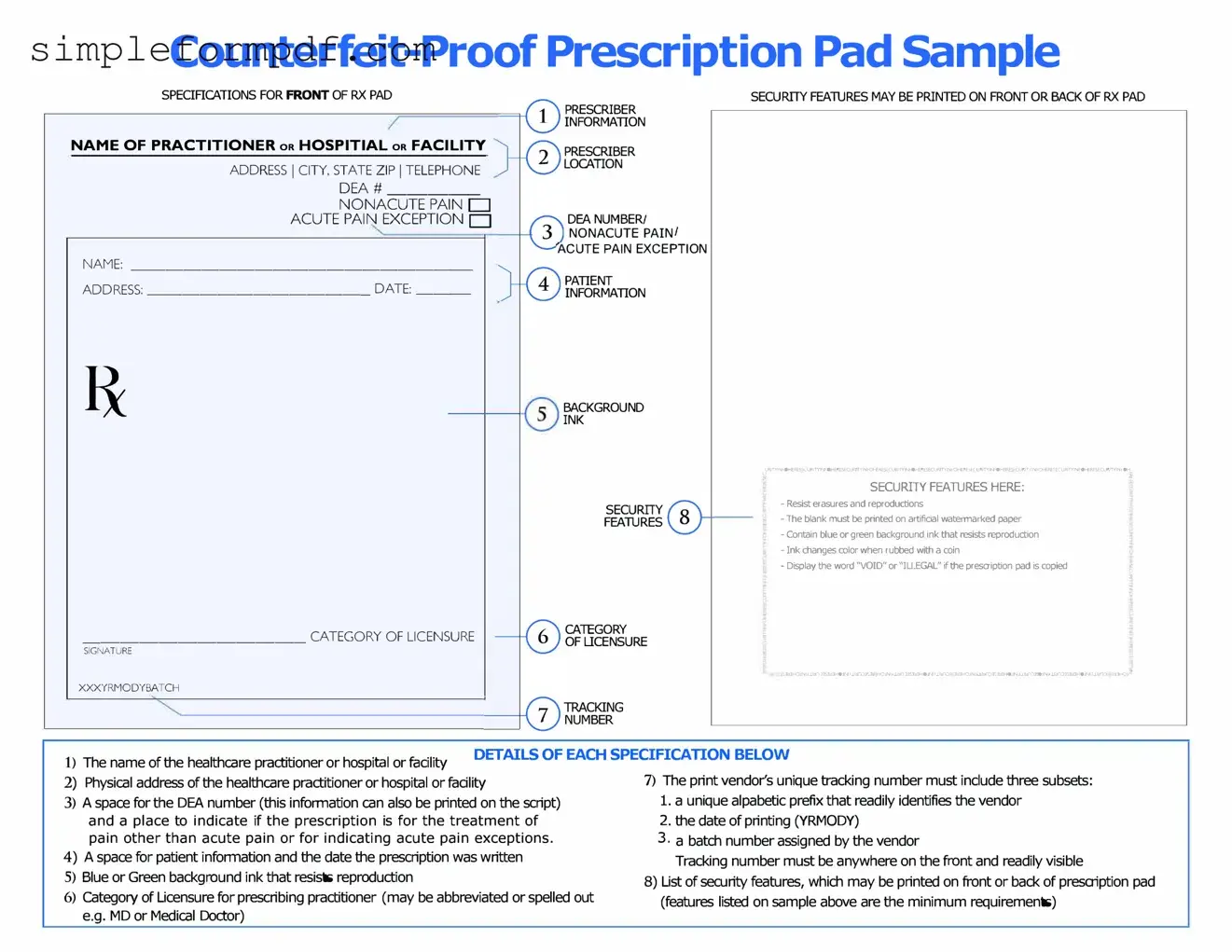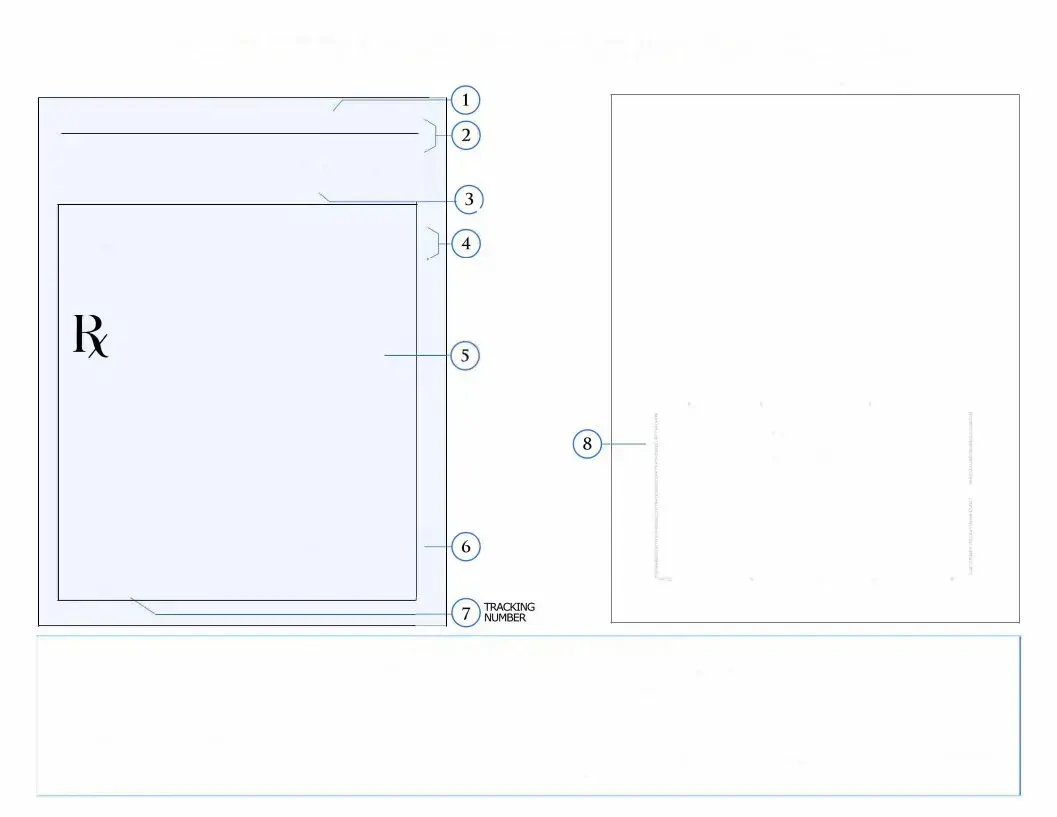Prescription Pad PDF Form
The Prescription Pad form is a document used by healthcare providers to prescribe medications to patients. It contains essential information such as the patient’s details, medication name, dosage, and instructions for use. Understanding how to properly fill out this form is crucial for ensuring patient safety and effective treatment.
Ready to fill out the Prescription Pad form? Click the button below to get started!
Launch Editor

